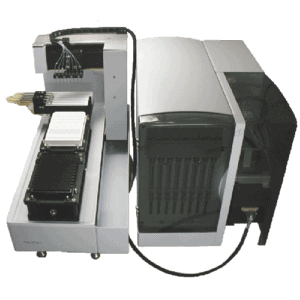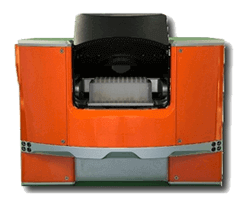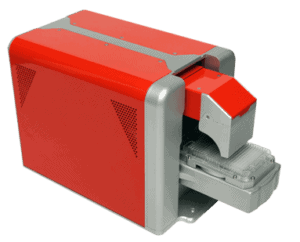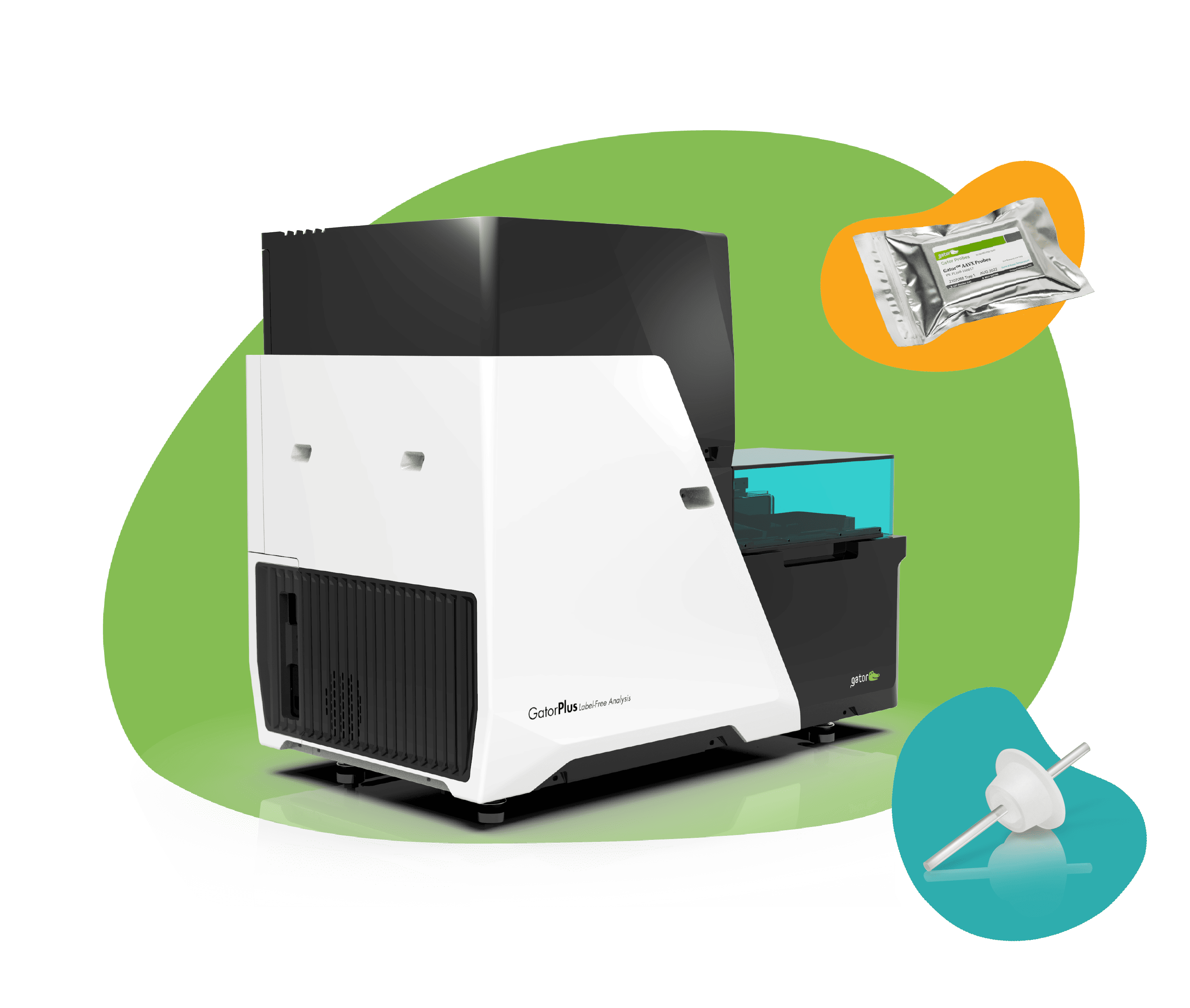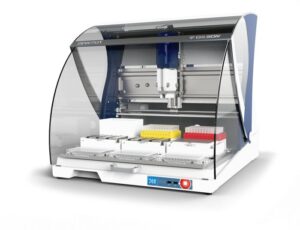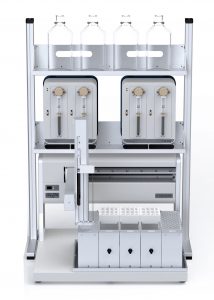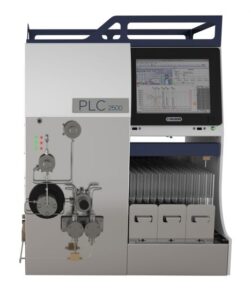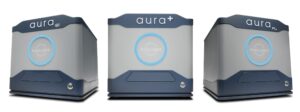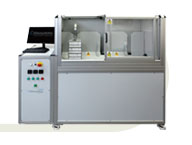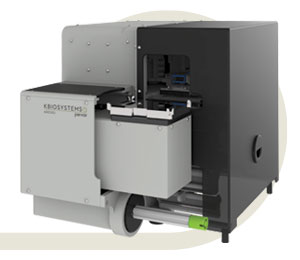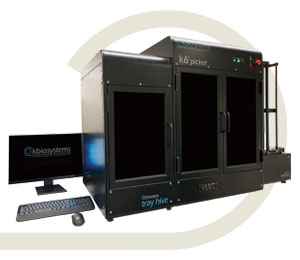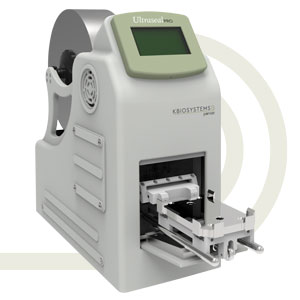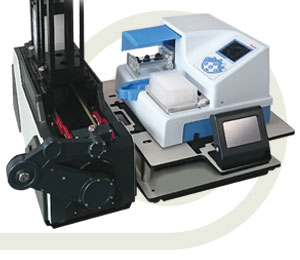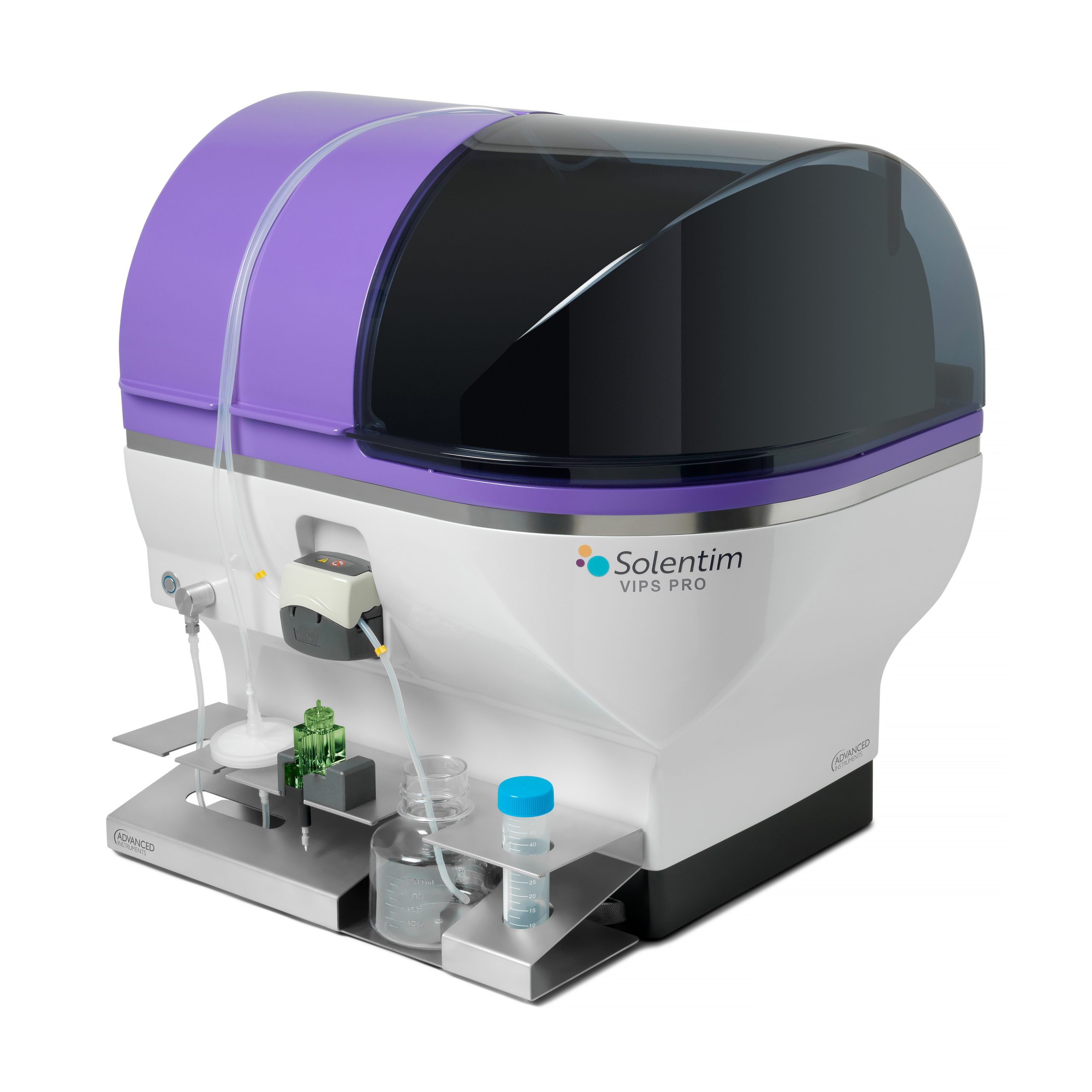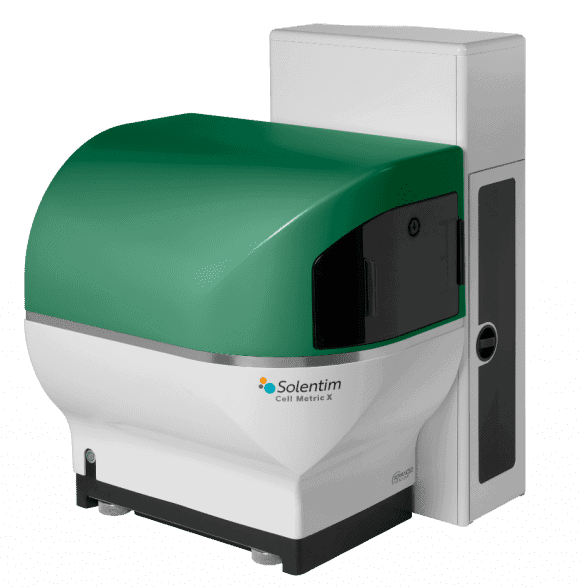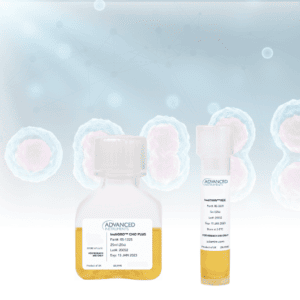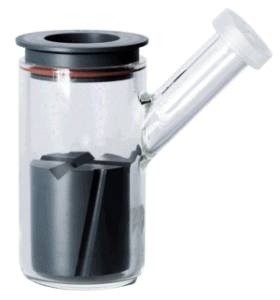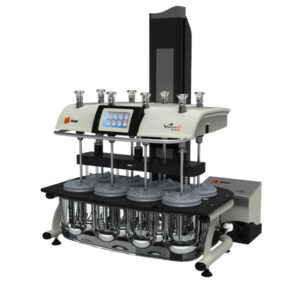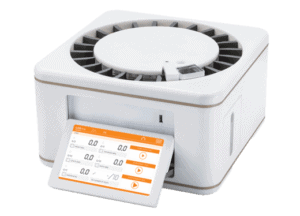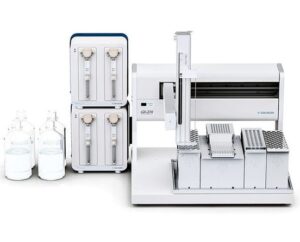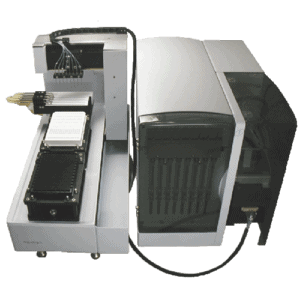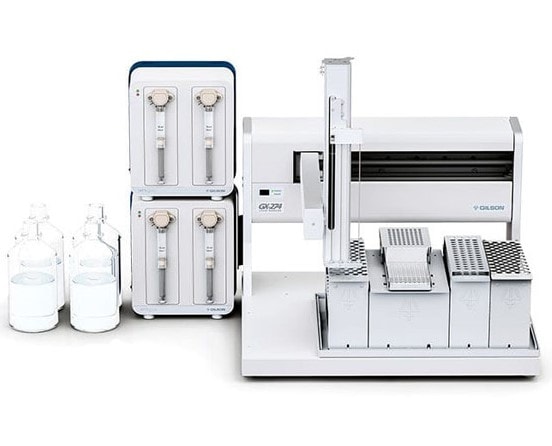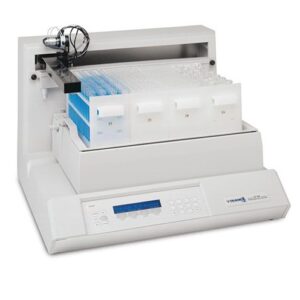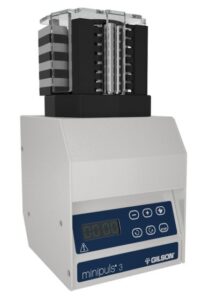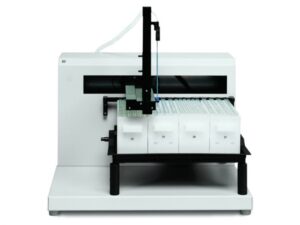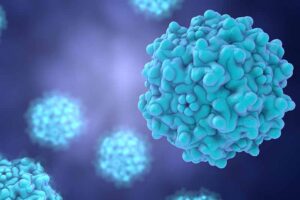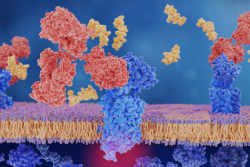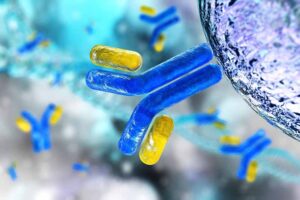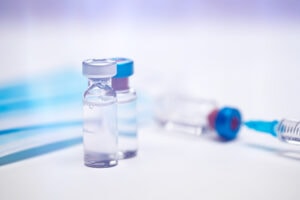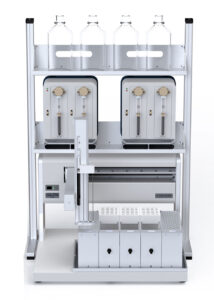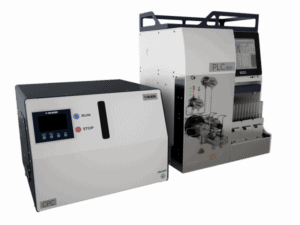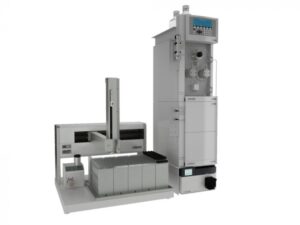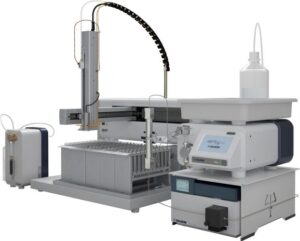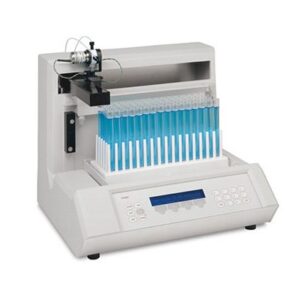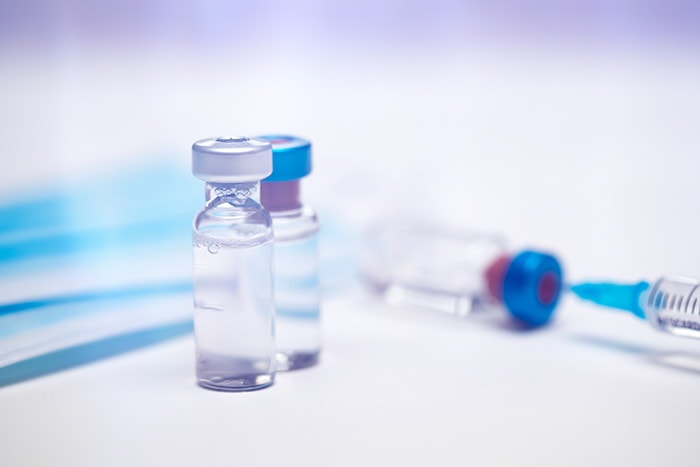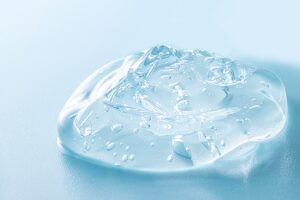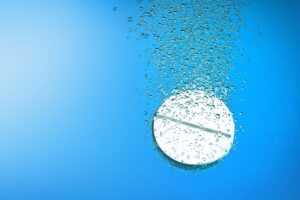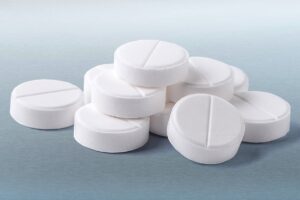Home - Suppliers - Teledyne Hanson Research - AutoPlus and AutoFill systems

Seamless integration and precision sampling
Precision sampling
The AutoPlus and AutoFill systems contain precision pump mechanics, all-inert syringes, valves, tubing and fluidics. AutoPlus sampling has a volume accuracy and repeatability of ±1%.
Intuitive and flexible
AutoPlus systems offer a choice DissoScan™ (single-bath) or Maximizer™ (multi-bath) configurations. Operation is easy and flexible with colour touchscreen programming of up to 100 protocols, including automatic addition of dilutions or stabilisers, and media replace.
Seamless integration and regulatory compliance
Teledyne Hanson Research’s AutoPlus and AutoFill systems seamlessly integrate with their Vision® G2 and CD14 dissolution tester systems. These configurations meet and exceed worldwide standards including compliance with USP, US FDA, ASTM, EP, JP, CE, CSA , RoHS and 21 CFR Part 11.
DOWNLOAD BROCHURE FOR MORE INFORMATION
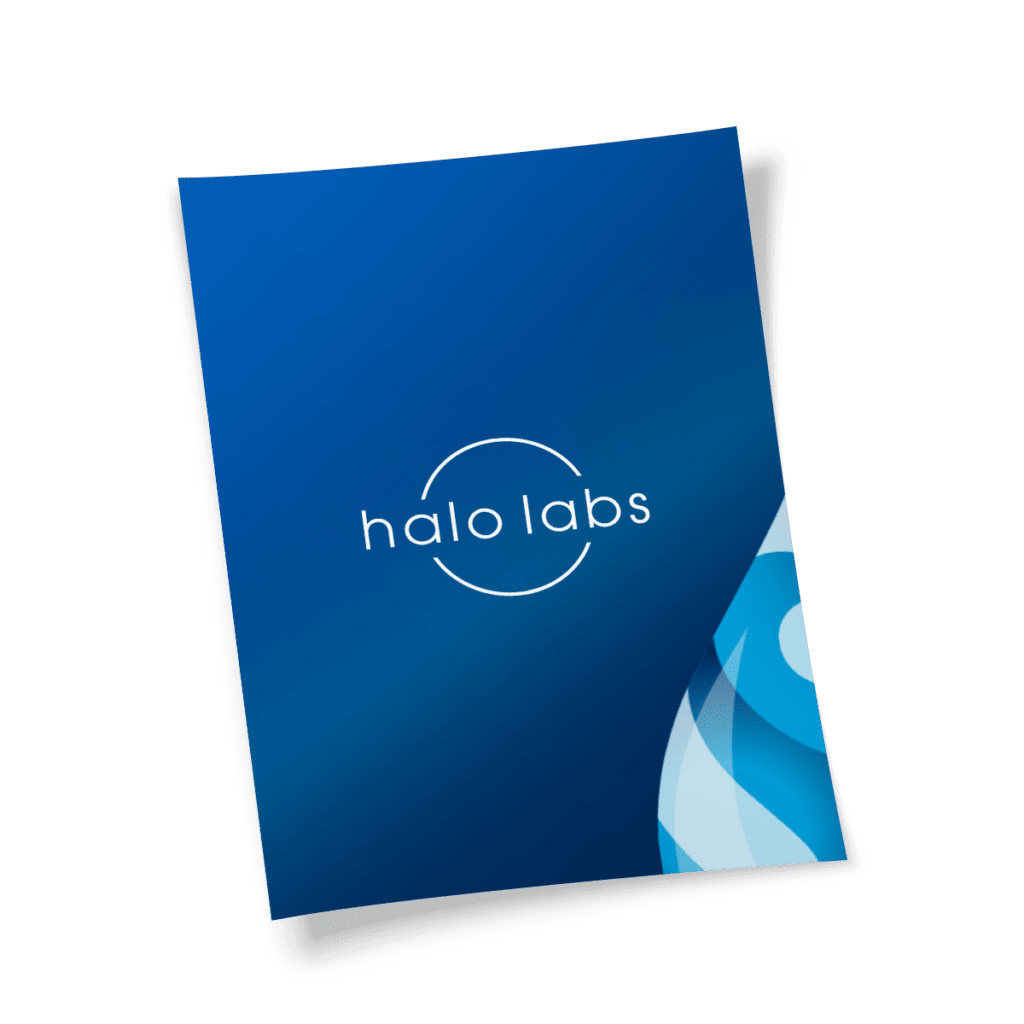
Vision AutoPlus and AutoFill systems

CD AutoPlus and AutoFill systems

CD AutoPlus and AutoFill systems
DOWNLOAD BROCHURES FOR MORE INFORMATION
Vision AutoPlus and AutoFill systems
CD AutoPlus and AutoFill systems

Vision® AutoPlus™ Autosampler
Vision AutoPlus autosamplers are designed for seamless integration with Vision G2 Classic 6 and Vision G2 Elite 8 dissolution testers.
The Vision AutoPlus autosampler is a modern upgrade of the popular Hanson legacy AutoPlus autosampler. The Vision AutoPlus comes with a choice of 6 or 8 sampling channels, and DissoScan (1-bath) or Maximizer (up to 3 baths) configurations. Precision syringe pump mechanics, all-inert tubing and valves, and color touchscreen programming with up to 100 protocols are standard on each instrument.
Vision dissolution test instruments are designed for seamless integration, intuitive programming and operation, flexibility to handle a wide range of applications, with maximum throughput and productivity. Design your lab system to handle everything from 1-bath routines to extensive multi-bath testing. Collect samples for off-line analysis in UV-Vis, HPLC, or UPLC detectors. Connect to a spectrophotometer multi-cell transport for on-line UV analysis.
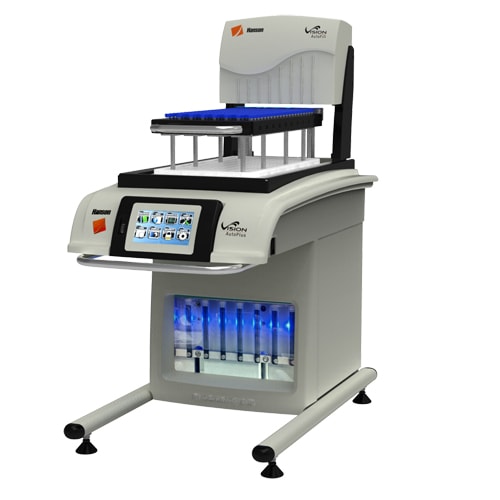
Vision AutoPlus systems

CD AutoPlus™ Autosampler
The CD AutoPlus is a precision autosampling system with all-inert syringes, valves, tubing, and fluidics, designed for plug-and-play integration with CD14 Comparative Dissolution Testers. With 6 syringes (10 mL capacity) and a volume accuracy of ± 1% (0.1 mL), the CD AutoPlus easily accommodates sampling intervals under 5 minutes.
The CD AutoPlus comes in two configurations, DissoScan and Maximizer. Use the DissoScan with optional return-to-vessel (RTV) probes to recirculate rinse volumes, or the Maximizer™ for automated addition of dilutions or stabilizers, and its included media-replacement kit with low-evaporation vessel covers, 6 fixed probes (PEEK), and a 6-channel tubing harness.
The CD AutoPlus (38 cm W x 66 cm D) when combined with the CD14 dissolution tester provides the smallest 14-vessel footprint in its class.
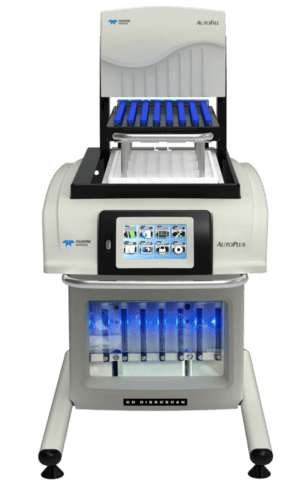
CD AutoPlus systems

AutoFill™ Fraction Collector
The AutoFill is a precision fraction collector designed for seamless integration with all AutoPlus systems. AutoFill accessories include choice of collection racks with 13 x 100 or 16 x 100 mm test tubes for UV-Vis, 12 x 32 mm vials for HPLC, sample trays with 12 x 32 mm vials for UPLC®, and more.
The AutoFill fraction collector together with the AutoPlus autosamplers provide automated sampling and collection from your Vision G2 Classic 6, Vision G2 Elite 8, CD14 or other dissolution testers. Various collection racks, test tubes and vials accommodate different testing systems, including Shimadzu or Agilent HPLC systems, or Waters Acquity UPLC systems.
AutoFill collection racks are designed with smart technology that notifies the AutoPlus autosampler when an incorrect rack type is being used for a method. When this happens, the AutoPlus displays a notification message for the end-user to ensure that the correct rack type is used for testing.
AutoFill collection racks come in a variety of styles including a collection rack for 16 x 100 mm test tubes, a rack for 13 x 100 mm test tubes, and a rack for 12 x 32 mm HPLC vials. There is also a choice of collection racks, vial trays, and needle block kits to accommodate Shimadzu or Agilent HPLC systems, or Waters Acquity UPLC systems. In addition, test tubes, and vials with pre-cut septum are available.
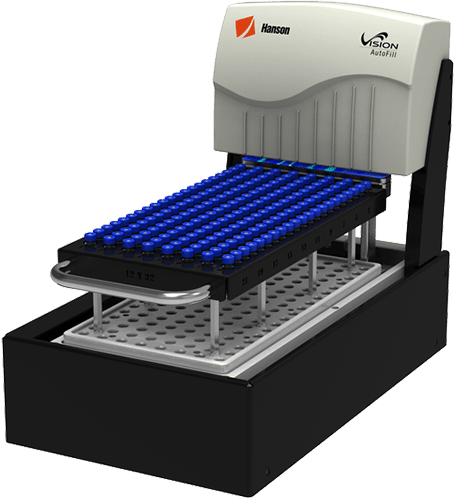

Vision® AutoPlus™ Autosampler
BMI uses sophisticated image processing techniques to analyse images and acquire particle data. The key is to first take a background image of the membrane. After samples are filtered through and particles are captured, the same membrane is re-imaged, this time with particles on the surface. The “background image” is precisely aligned with the “measure image” and then subtracted on a pixel by pixel basis so that the background texture is eliminated and particles are revealed.
Refractive index contrast in BMI is 10x greater than measurements done in liquid, such as light obscuration and flow imaging. BMI offers the increased sensitivity required to conduct robust early stage particulate detection. Particle sizes are calibrated with an electron microscope and analysis is fully automated.
Example image analysis identifying protein in subvisible aggregate particles
(a) Brightfield (b) Darkfield (c) Fluorescence (d) Combined
Example image analysis identifying protein in subvisible aggregate particles
(a) Brightfield (b) Darkfield (c) Fluorescence (d) Combined